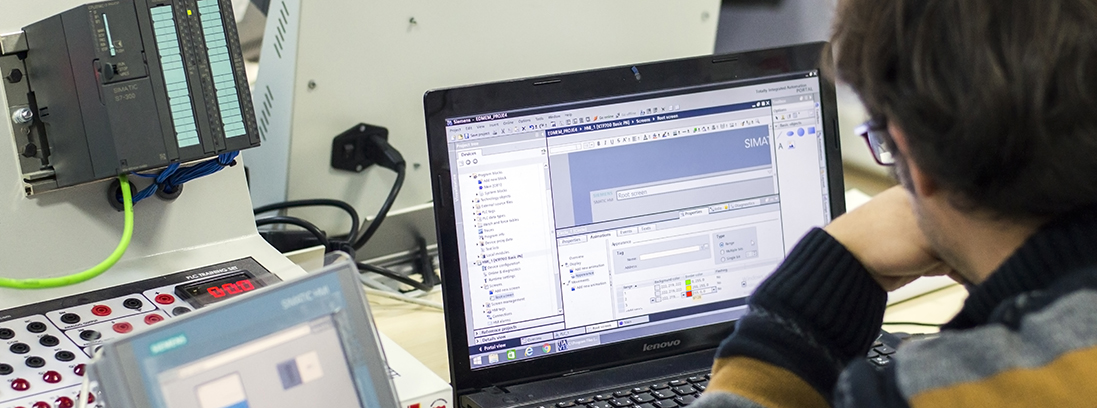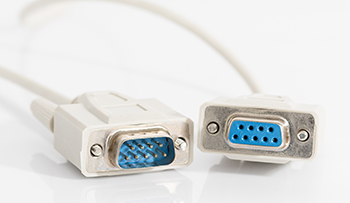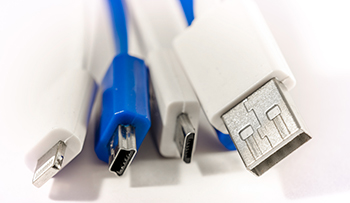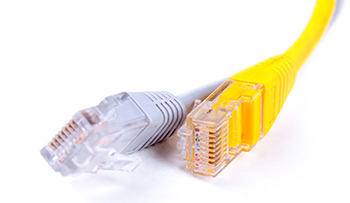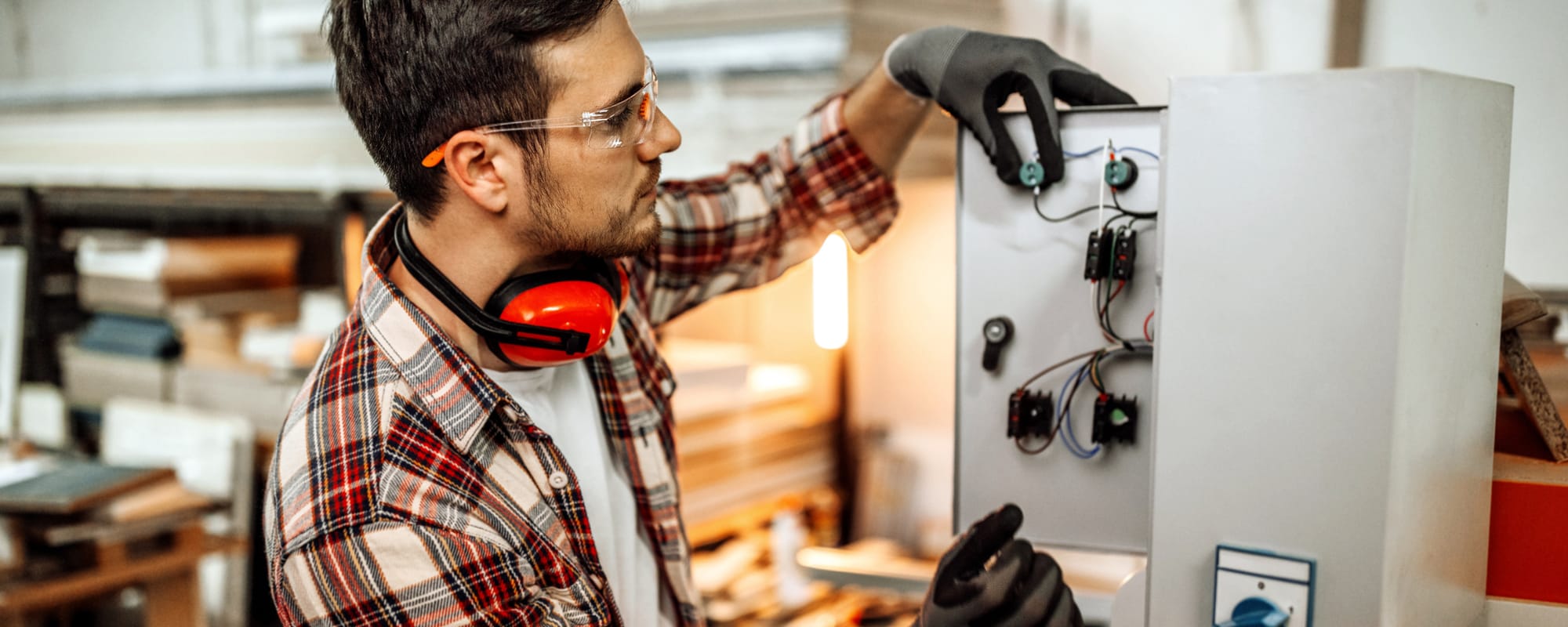Modern PLC platforms offer many types of digital communications, so users need to know some basics before configuring and programming these systems.
Programmable logic controllers (PLCs) come in many form factors, ranging from small all-in-one brick styles up to modular expandable configurations capable of handling thousands of distributed I/O points and devices. One common denominator is that any PLC must have connectivity to the “real” world to do its job of controlling machinery and equipment.
The simplest field connections consist of discrete and analog hardwired I/O, but PLC connectivity also encompasses several levels of digital communications. Some of these communications are “internal” within the PLC platform, specifically for configuring and programming the PLC and allowing it to access remotely located I/O. Other digital communications are so a PLC can communicate to “external” intelligent field devices or other systems.
There exists some overlap between PLC “internal” and “external” digital communications, with regards to the networking media type (how it is wired) and the protocols (the “language” used). This article focuses on the leading digital communications concepts for configuring and programming PLC platforms.
Open versus Proprietary
Technologies can be “open” and usable by anyone at little or no charge, or they can be “proprietary” (closed) and require strict licensing or other costs for use.
Historically, many automation technologies have been proprietary because they were very specialized. Proprietary technologies can be challenging for end users, who need to learn different systems, pay fees and suffer with devices that may be incompatible with each other and only supported by one vendor. But proprietary technology can work well due to its mission-specific nature.
End users generally push for open industrial technologies, especially those derived from commercial advancements, because they are cheaper due to economies of scale and are much more accessible. A popular example is Ethernet, which was created and made inexpensive by commercial markets, but is also very applicable for industrial applications. Open technologies are not necessarily guaranteed to work with each other, but their advantages typically outweigh any issues.
Digital Communication Media
The networking media is how connections are physically established. Here are some popular types for industrial devices, roughly in the order they were historically introduced:
- Parallel bus: A large cable bundle with many wires; multiple signal bits are transmitted in parallel at the same time.
- Serial: Such as RS-232 or RS-485, communicates at varying speeds over two or four wires by transmitting signal bits one at a time serially.
- USB: Universal Serial Bus, a faster and more advanced implementation of serial, with several types.
- Ethernet: Contemporary high-speed network, uses four-pair cable or wireless Wi-Fi to serially transmit data packets. Older versions were slower and used different media.
Communication Protocols
Communications protocols are the languages used by devices to communicate over given media. Industrial communication protocols and fieldbus technologies will be discussed in more detail in another article. For the purposes of programming PLCs, open or proprietary media and protocols may be used. Older PLCs tend to be more proprietary, while newer PLCs are more open.
Programming a PLC Processor
Older PLCs were programmed using specialized handheld or desktop terminals. Newer PLCs, of course, use PC-based programming software, usually provided by the PLC vendor. Some PLCs may use open-source programming software like CODESYS, and or even be configurable through web interfaces or a mobile application.
Older PLCs also tended to use RS-232/485 cables, some with specialized or non-standard connectors, for transferring programs from a terminal to a PLC. A newer PLC will use a far more common USB cable, or sometimes a standard Ethernet wired connection, or even Wi-Fi. Regardless of the connection, the PLC vendor may use open or proprietary protocols.
Users will need three things to configure and program a PLC system:
- Software running on a PC
- Cable to connect the PC to the PLC
- Ability to connect
There can be complications. Software drivers may need to be loaded onto the PC. The USB connection may not initially be plug-and-play. For Ethernet, compatible IP addresses may need to be assigned for the PC and the PLC. All these topics should be covered by basic PLC manuals.
Connecting Local Bus and Remote I/O
For PLCs with on-board I/O, or I/O modules that fit into the same rack connecting directly with the processor, these I/O points will be natively available to the processor through a bus connection. However, when users install even more I/O on separate racks in the same panel or remotely, more connections need to be made. There may be some required user settings such as addressing, and some constraints on speed and I/O quantity.
Some PLCs can support “local bus I/O”, which are separate racks installed nearby (sometimes 15 feet or less cable distance), with these racks connected to the main PLC rack using specialized vendor serial or parallel cables.
A more capable option, but sometimes a little slower, is “remote I/O”. Users can install separate remote I/O racks at some distance, and then use industrial serial media/protocols or Ethernet to connect the I/O to the main PLC rack.
Connecting an HMI or OIT to a PLC
Just as a PC connects to a PLC for programming, a PC-based human-machine interface (HMI) or dedicated operator interface terminal (OIT) generally would use the same types of connections. However, keep in mind that if an OIT uses the only suitable port on a PLC, then it would need to be unplugged to perform PLC programming.
